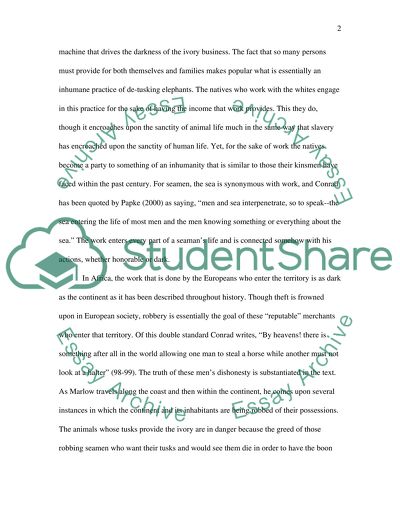Cite this document
(White Lies and Whited Sepulchres in Conrad's Heart of Darkness Literature review, n.d.)
White Lies and Whited Sepulchres in Conrad's Heart of Darkness Literature review. Retrieved from https://studentshare.org/literature/1508194-meditation-to-the-heart-of-darkness
White Lies and Whited Sepulchres in Conrad's Heart of Darkness Literature review. Retrieved from https://studentshare.org/literature/1508194-meditation-to-the-heart-of-darkness
(White Lies and Whited Sepulchres in Conrad'S Heart of Darkness Literature Review)
White Lies and Whited Sepulchres in Conrad'S Heart of Darkness Literature Review. https://studentshare.org/literature/1508194-meditation-to-the-heart-of-darkness.
White Lies and Whited Sepulchres in Conrad'S Heart of Darkness Literature Review. https://studentshare.org/literature/1508194-meditation-to-the-heart-of-darkness.
“White Lies and Whited Sepulchres in Conrad'S Heart of Darkness Literature Review”, n.d. https://studentshare.org/literature/1508194-meditation-to-the-heart-of-darkness.


